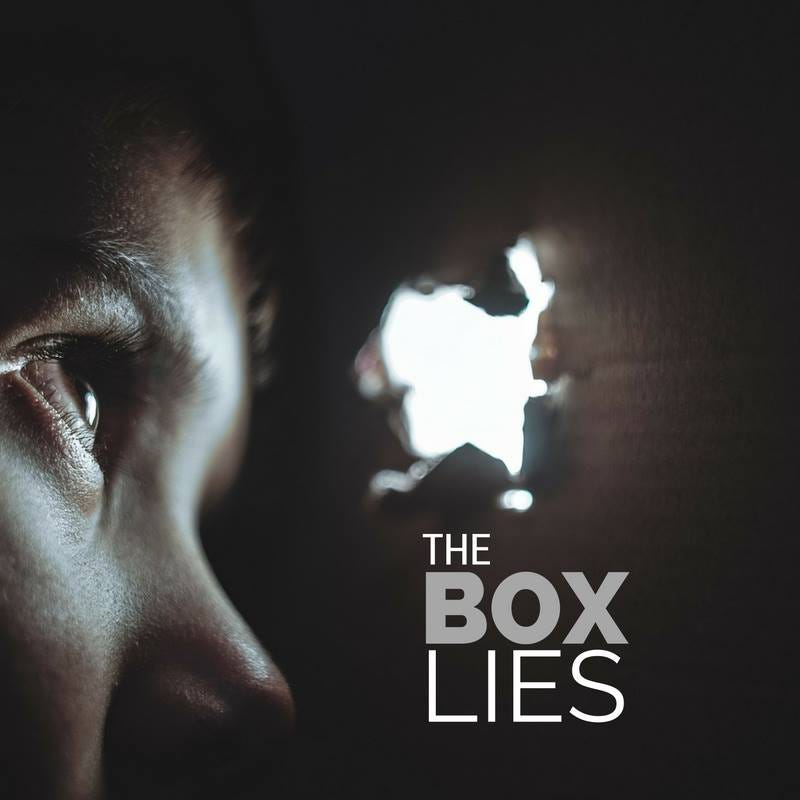
It’s been two years since Robin Williams died, and I still can’t watch anything he’s been in without feeling a deep pang of sadness. For decades, we watched him play characters that touched different parts of us. The range of emotion he masterfully portrayed over the years — and in so many genres, though he was primarily a comedian — is no doubt why we felt so attached to him. Robin, through his work, reflected our various selves back at us : hilarious and vulnerable, a little off-kilter, addled, wild, hopeful.
Now that he’s gone, it’s plain how ubiquitous his work is, how he infiltrated our hearts. Flip through Netflix right now. “The Crazy Ones.” “Insomnia.” “Good Will Hunting.” “World’s Greatest Dad.”
He certainly weaseled his way into my heart. I named my car Euphegenia, and I often find myself yelling, “Hellooooo!” the way he did in “Mrs. Doubtfire” after shoving his face in a cake to fool the caseworker when he’d nearly been caught masquerading as the fictional nanny. I could watch that movie on repeat.
I doubt I’m the only one still in shock. Robin Williams had everything. He had money, fame, power, adoring fans, and access to every resource imaginable. Why’d he have to go? And where does that leave the rest of us?
That’s the thing about suicide: it doesn’t discriminate. It doesn’t matter who you are or what you have. It doesn’t matter how loved you are. The pain and the feelings of isolation build and build over time, and if something or someone doesn’t set you back on your path, you get trapped in the box. The box is filled with self-loathing, self-doubt, hopelessness, futility, the thought that you and your pain are a burden to every single person around you, and that they’d be better off if you erased yourself from their lives. The box lies. And when you get trapped in that box, it can feel impossible to get out. Sometimes it is. That’s when we lose the people we love.

If losing Robin Williams — undeniably one of the most well-loved, greatest entertainers of our time — teaches us anything, it should be that none of us is immune to suicide. It should be that we are each responsible for, and have the power to bolster, the well-being of those around us. That we can form a net to catch those who might be struggling.
Mental health differences and suicide aren’t issues best delegated solely to mental health professionals. We’ve been sold a lie. Only two of our Fifty Great States have mandatory crisis intervention training for future behavioral health clinicians. Sometimes, the people we expect to be our experts are not experts, through no fault of their own. Compounding the problem is fear of liability, a dearth of resources, difficulty accessing the ones that do exist, and an overall lack of funding for mental healthcare. We’re in a dire state.
On the flip side, this leaves us with a unique opportunity and a tremendous amount of power. Every single one of us can save a life. We all possess the ability to reach out, to listen, to empathize, and to be present for those we love (and even for strangers in need), and using these skills can mean the difference between life and death. But it’s so simple as to feel counterintuitive. So, how do you do it?
Ask: If you’re worried someone is suicidal, ask directly, “Are you thinking about suicide?” It’s worth keeping in mind that asking the question won’t plant the idea in their head (a common myth), and that, “Are you thinking about hurting yourself?” is a completely different question that leaves a lot up to interpretation. Bonus: using that scary word (“suicide”) can subvert fear and lift the elephant off their chest, allowing a real conversation to happen.
Listen: If they confirm that they’re thinking about suicide, ask what’s going on. Don’t offer advice. Don’t tell them what they have to live for. Just listen, and listen hard. Validate their feelings. Tell them you love them. Tell them you’ll help them and that, if you can’t, that you’ll find someone who can.
Keep them safe: Ask what makes them feel safe, and how you can facilitate that until you can both figure out what to do next. Remove access to anything they might hurt themselves with. This is especially relevant to gun owners — offer to hold on to their gun(s) until they’re feeling better.
Be there for them: Ask them what they need. Is it a friend to watch bad TV with, help making an appointment with a therapist, a clean apartment, a week’s worth of meals, a yoga session, a friend to stay the night and keep them company?
Stay connected and follow up: Check in regularly. Send cat gifs, smoke signals, carrier pigeons, owls. Drop by. Take them out. Coordinate with other people they know so that someone is always in touch. Do your best to make sure they don’t feel alone. Research shows that keeping in contact after a crisis makes a huge difference.
Robin Williams once said, “No matter what people tell you, words and ideas can change the world.” His words, his ideas, his characters created a number of entirely new worlds for us. He was our Genie. Our Mork from Ork. The English teacher we all wish we had.
Let’s change the world he left us with the idea that every single one of us has the power to save a life. Let’s make that idea a reality.
If you’re hurting, afraid, or need someone to talk to, please reach out to one of the resources below. Someone will reach back. Please stay. You are so deeply valued, so incomprehensibly loved — even when you can’t feel it — and you are worth your life.
You can reach the National Suicide Prevention Lifeline at 800–273–8255 or Trans Lifeline at 877–565–8860 (U.S.) or 877–330–6366 (Canada). If you’d like to talk to a peer, warmline.org contains links to warmlines in every state. If you don’t like the phone, check out Lifeline Crisis Chat or Crisis Text Line. If you’re not in the U.S., click here for a link to crisis centers around the world. If you’re a suicide attempt survivor and would like to share your story, take a look at Live Through This.

